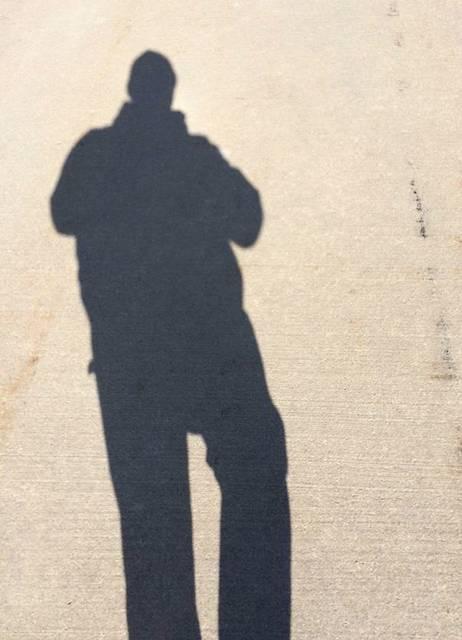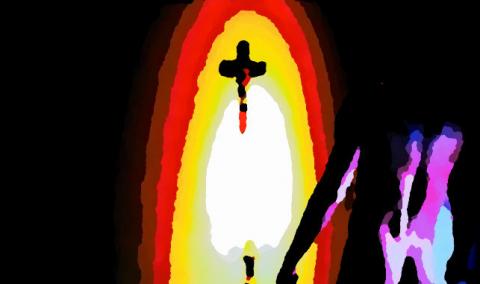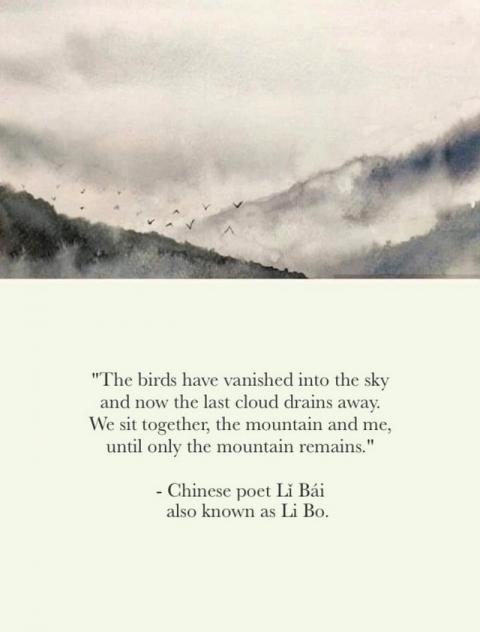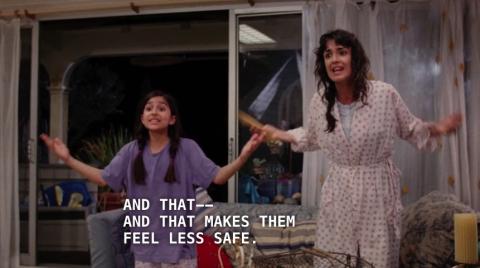I don’t normally share pictures of homemade food here, but this one was pretty good. After watching the movie Spanglish recently I made a sandwich from focaccia bread, butter, Egg Beaters eggs, sharp cheddar cheese, tomatoes, and a little seasoning. I could probably eat this meal every day for a few days. :)
Scala, Java, Unix, MacOS tutorials (page 1)
This is a great way to put this: “Higher-order functions aren’t just a part of the Haskell experience, the pretty much are the Haskell experience.”
(A “higher-order function” is generally defined as (a) a function that can take a function as an input parameter, or (b) returns a function as a return value.)
The quote and image come from this LYAHFGG page.

February 11, 2019:
Sometimes dreams seem to exist to teach us things. Last night there was a very long dream sequence in which a deceased relative was a raging alcoholic. At one point I had to help him off the floor, and when I touched him I instantly saw many of the things he had seen, and felt what he was feeling. It was like 100% empathy, if that’s the right word for it. I immediately felt, “Wow, if I had been through these things I might be in the same shape myself,” so rather than feeling pity for him I felt empathy. I got him up into a chair and said, “Talk to me.” He tried to brush me off, but when I told him what I had seen and felt he began weeping and I hugged him for a while.
As the dream went on it was filled with people I like, people I don’t like, and others that I just don’t understand. So I touched them all and went through the same thing with each person, knowing everything about their lives to this point, always with the result of feeling empathy for them rather than other emotions like anger or pity or sorrow. There were concerns about cheating spouses/partners, issues with adoptions, parents, friends, body image, and much more.
This statement from the book, Learning Concurrent Programming in Scala (#ad), sums up the appeal of functional programming in languages like Scala.

I just ran across this photo of my shadow. I accidentally took this picture while walking on a cold day in Santa Fe earlier this year.

“Awareness admits no obstructions. It can be boundless even when we are confined.”
~ A Tibetan monk in Bloomington, Indiana (Arjia Rinpoche)
“And all becomes clear. Wish I could make you see this brightness. Don’t worry, all is well. All is so perfectly, damnably well. I understand now, that boundaries between noise and sound are conventions. All boundaries are conventions, waiting to be transcended. One may transcend any convention, if only one can first conceive of doing so. Moments like this, I can feel your heart beating as clearly as I feel my own, and I know that separation is an illusion. My life extends far beyond the limitations of me.”
In a lucid dream last night, someone was showing me how to do a pose I know as “dunda pranam”, where you prostrate yourself to someone else, such as God. So I did this, and when I did, someone who I thought was Maharaji (Neem Karoli Baba) placed their hands on my head, and held my head for some time. I could feel their hands move a little as they held it for a while, and said a few things I couldn’t understand.
~ Diary entry, January 13, 2024
I’m finally starting to publish my next free video course, called ZIO HTTP + Caliban. You can find it at that website, and it’s free, thanks to the people at Ziverge.

“And it’s a gentle way — if we can see ourselves as better connected (interconnected with everything) — still messed up individuals, but as part of a whole.
And I can’t always get into that state of mind, but when I’m in that state of mind, it brings some ... not happiness, but some sense of place and purpose.
I don’t want to get preachy with any of this stuff, but to me, I’m not a religious person, but maybe a humanitarian, humanist, interested in spiritual matters.
I think we’re part of a bigger picture, and I think the future has echoes in the present day, and sometimes when we’re being open and listening, we can pick those up. For example, I know that when I’m doing the right thing, all sorts of coincidences start happening, things start falling into place.
I think everyone has access to all sorts of stuff that isn’t immediately clear in our mind. And there are echoes of the past and the future that we can pick up on.”
Maybe someday I’ll learn to paint, but until then, I’ll keep creating images like this one, made from Silas in The Da Vinci Code (#ad).
“Is that a dagger or a crucifix I see?” ~ Blood of Eden, by Peter Gabriel

“Is that a dagger or a crucifix I see you hold so tightly in your hand?”
~ Blood of Eden, Peter Gabriel
“Suffering is part of our training program for becoming wise.”
~ Ram Dass
Ram Dass FAQ: What is the best Ram Dass book to start with?
Unlike other websites that give you A.I.-generated answers, here’s my answer, and as you can see from the images below, I truly have read all of the Ram Dass books I mention.
My answer: The best Ram Dass book to start with is ...
I wrote this in my earlier blog post, What Are The Best Books By Ram Dass, but I believe the best Ram Dass book to start with is Polishing The Mirror (#ad).
I think this book is the best summary of all his work. It’s a relatively short book, it’s clearly written, and summarizes much of what you’ll read in his other books. I started reading this when I was in the hospital, and as bad as I was feeling at the time, it just blew me away. I like to underline and highlight text, and I felt like I could highlight most of the book.
“The birds have vanished into the sky, and now the last cloud drains away. We sit together, the mountain and me, until only the mountain remains.”
~ An old Zen poem from Li Bo (Li Po, Li Bai)

The young actress who plays Cristina in the movie Spanglish (Shelbie Bruce) is very funny during the scene where she acts as an interpreter for her mother while arguing with Adam Sandler.

“All suffering is due to the false notion, ‘I am the body.’”
~ Ramana Maharshi
With the usual caveat that you should always check with your doctor before trying different medical things, the following article describes a solution that seems to help me be more awake in the mornings.
I’m old, I was born with a rare blood disease, and I also have sleep apnea, so waking up in the morning is a hard, hard thing to do. Even after I manage to get out of bed and my eyes are open, it feels like it’s several hours every morning before I’m truly awake.
This morning I had a long dream where I was a policeman who lived maybe 70-100 years ago or so. (I’m not very good with times.) I need to mention that I was a white policeman, because this becomes important as the dream/story goes on.
At first there were mundane crimes to work on, but then there was a murder case, and the person who committed the murder was a non-white person. I noticed in myself (my character in the dream) and in others that there was prejudice in us, because we all thought to some extent, “This never happened when we were all white.” Of course it did happen, because there have been murders forever, but it was the first one we were exposed to.
When we caught the person, I told everyone, “We need to handle this properly. Remember to read him his Miranda Rights.”
When I said that, everyone looked at me like, “What are you talking about?”
Nurse at the hospital, as part of a questionnaire: Do you feel suicidal?
Me: Well, I want to be careful with this because I don’t want you to get the wrong idea ... I don’t mind living, and I don’t mind dying, but this in-between stuff where you’re constantly sick and can’t work or have any fun ... it’s very frustrating.
Nurse: So ... not yet?
Me: Yes, that’s fine.
